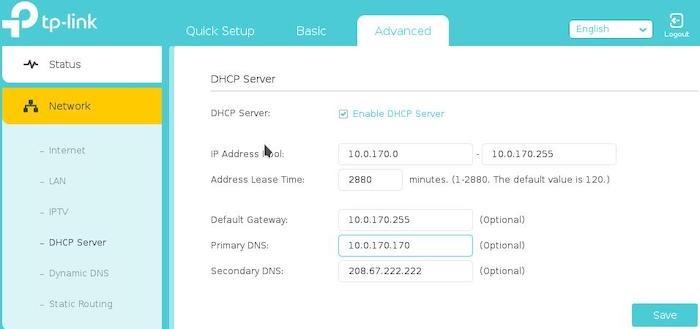The term edge computing reflects the recognition that the cloud has boundaries. To reach those boundaries, your data has to connect with one of the physical datacenters powering the cloud. The cloud itself can be as fast and powerful as possible, but it can’t do much to offset the time required for the roundtrip your data has to make.
The answer is to use the edge of the boundaries of regional networks and the cloud. When initial services or computation happen on servers at the edge, it speeds up a user’s interactions with the cloud. By the same principle, you can create your own edge by running some services on your home server to minimize roundtrip lag times.
One particularly useful and easy change you can make to your home or business network to give it a boost is running a DNS caching service. With a DNS caching service running on your network, once any one device on your network obtains a number assigned to a website, that number is stored locally, so no request from your network need ask for that number again. As a bonus, running your own DNS caching server also enables you to block ads and generally take control of how any device on your network interacts with some of the low-level technologies of the internet.
As more and more websites get added to your server’s DNS cache, DNS traffic will have to go farther than your local Dnsmasq server less and less often.
See https://opensource.com/article/22/3/dns-caching-edge
#technology #linux #opensource #dns #raspberrypi

